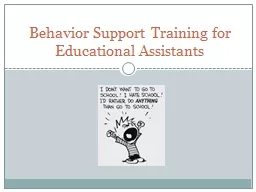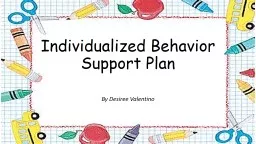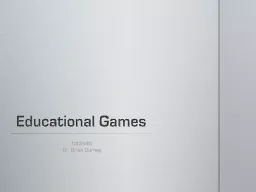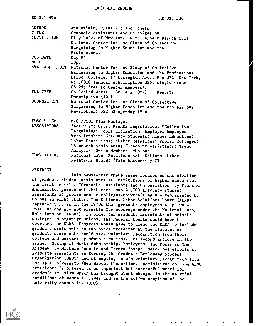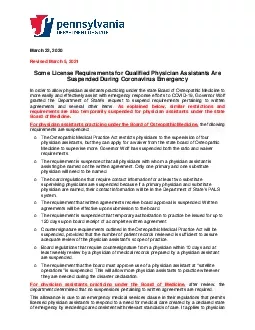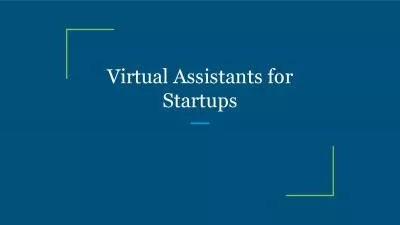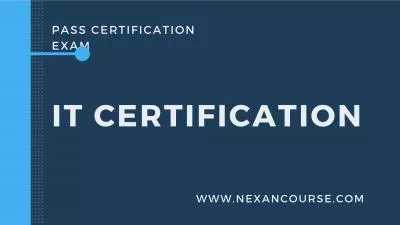PPT-Behavior Support Training for Educational Assistants
Author : SkylineBabe | Published Date : 2022-08-02
Positive Behavior Strategies for Everyone Because Duct Tape is NOT a Good Idea Who are you This presentation is the result of the hard work of Jeffrey Sprague
Presentation Embed Code
Download Presentation
Download Presentation The PPT/PDF document "Behavior Support Training for Educationa..." is the property of its rightful owner. Permission is granted to download and print the materials on this website for personal, non-commercial use only, and to display it on your personal computer provided you do not modify the materials and that you retain all copyright notices contained in the materials. By downloading content from our website, you accept the terms of this agreement.
Behavior Support Training for Educational Assistants: Transcript
Download Rules Of Document
"Behavior Support Training for Educational Assistants"The content belongs to its owner. You may download and print it for personal use, without modification, and keep all copyright notices. By downloading, you agree to these terms.
Related Documents

